How to store dry goods?
Jump To:
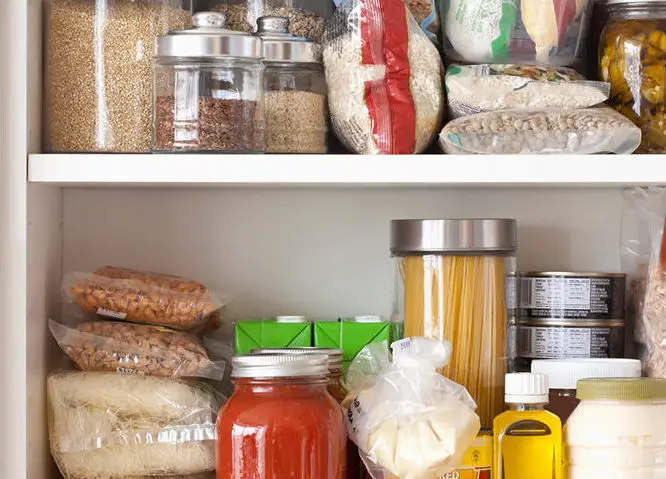
It’s helpful to know where to keep flour, sugar, pasta, and rice when you return home with a box or even a 10-pack of it. You cannot throw them all on the shelf or leave them on the floor. These are dry goods and should be stored in a certain way.
The dry storage foods list includes items that have a long shelf-life and can be kept at room temperatures, such as flour, tea, coffee, dried pasta, sugar, canned food, biscuits, rice, and other uncooked grains, etc. How do you find the package later when you are running out of any of the above if you throw them all on a shelf? A simple system can take care of all that, how to store food, else is chaos and wasting food.
Here are a few guidelines to store dry food properly, before we get into how to store unopened and opened dry food.
- Firstly, you need cool, dry, dark areas. Usually, the storage period for dried foods ranges from 4 months to 1 year.
- Cool and dark areas because the food quality is affected by heat, the higher the temperature, the shorter the storage time.
- And dry because you don’t need any moisture getting in there and spoiling the goods.
- The ideal temperature for dry storage areas is between 10°C (50°F) and 21°C (70°F) – keeping food items in this range with additional instructions of items can extend the shelf life of dry food items.
Can dry food be stored on the floor?
Dry foods should never be stored on the floor and should always be placed at least six inches from the ground. So, why are items stored in the dry food storeroom kept 6 to 12 inches above the floor? This way you can keep the food away from pests and other contaminants. It is also easy to clean the floor without affecting the food. Remember, dry food should be away from moisture!
- To further safeguard the temperature of food, keep food 18 inches away from outer walls.
- To avoid chemical contamination it is best to avoid keeping any cleaning products in the dry storage area.
How to store unopened dry goods?
There are two options when it comes to dry goods in unopened packages:
- Leave the package as it is
- Open it and transfer the food into a new container
Mostly it’s leaving goods in the original package. Foods like flour, sugar, and rice are often packaged in geometric shapes that can be stacked and take up as little space as possible. It is also easy to identify the product if you have the original label.
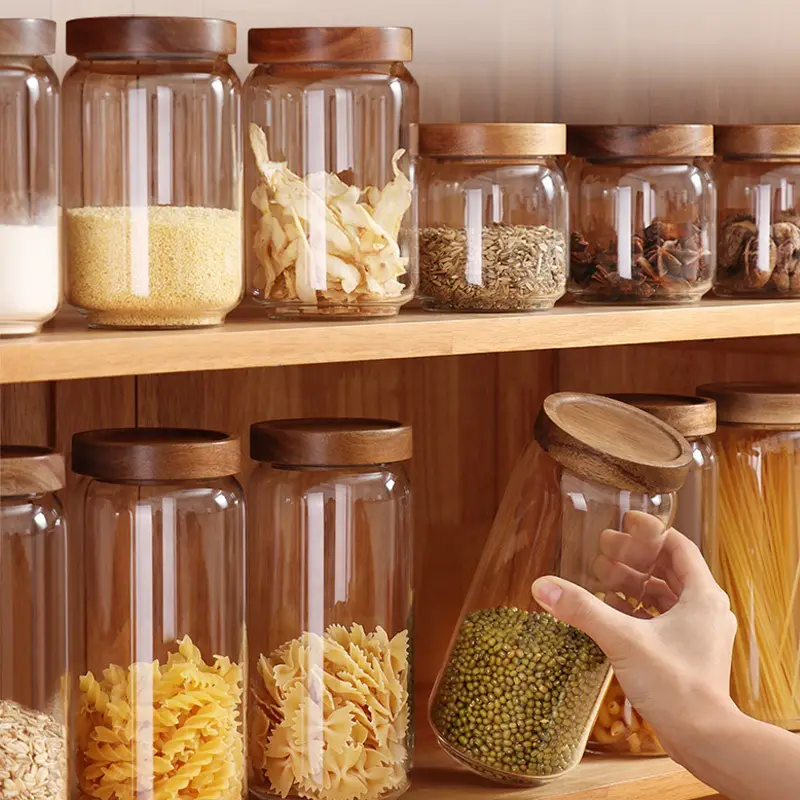
You might need to repackage dry goods in some cases. This is usually done when the container or package is unusually shaped and it can be difficult to arrange other foods around it
- It takes up much more space than the product itself like cornflakes.
- It is difficult to stack because of the risk of the product being damaged later like fancy-shaped pasta such as jumbo shells.
If you have one of these, it is best to open the package immediately and transfer the goods.
It’s time to store these opened goods, here are some ideas on where to place certain items in your pantry so that you don’t have to worry about running out of space. Unless your pantry or cabinet is very small or you purchase years worth of food. Only a larger storage space is possible if this is the case.
How to store opened dry goods
You can leave the open package just sealed without transferring it into containers if you have enough space. Sugar and flour can be kept in their original packaging for several months in a cupboard without any problems.
Apart from taking up a lot of storage space. It is not always ideal to keep dry products in their original packaging because you should always be aware of what is nearby in order to avoid any strong odors and moisture getting in.
You can also repackage these goods in dedicated containers, which is a popular alternative. These containers will allow you to organize your food products and stack them in a way that maximizes the drawers or shelves. You won’t have to worry about food odors and pantry bugs getting in. These are the top choices:
Storage containers
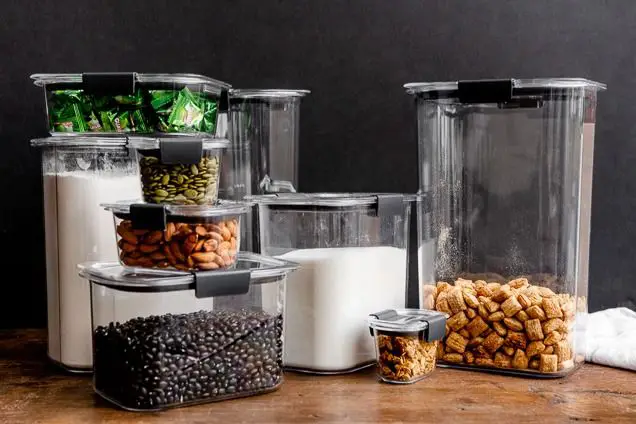
You can repackage powdery foods like flour and sugar. You can stack these containers best if you purchase a few of the same-sized containers. A few smaller containers are better than a lot of larger ones. They allow you to store leftovers in a small space, unlike the big large containers.
Mason Jars
Mason Jars are great for displaying your food in the kitchen or pantry. Although they might not be the best use of space, they look amazing on their own. You can make a stunning display by adding colorful pasta or corn flakes to your display. This is just one use for mason jars.
Resealable bags
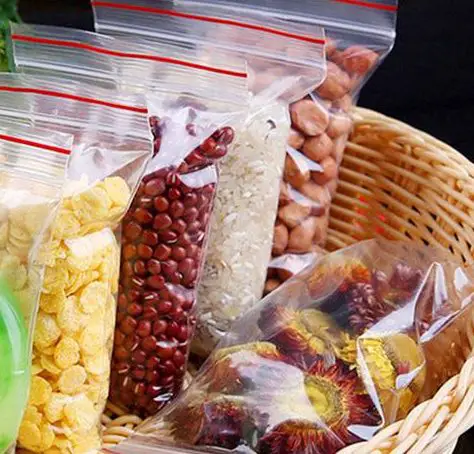
Although ziplock bags and other resealable products can be difficult to manage and may not protect food from being crushed by other products they do have an undeniable benefit. They fit in almost any place. They are a great option for small quantities of food storage like Chia seeds where there is any space left. The shelf’s upper left corner, above all other containers, will just work to keep any leftover brown sugar or pasta.
Tips for organizing dry goods
It’s not as easy as putting everything in a few containers and then stuffing it into a pantry or cupboard. If you want your system to be easy to use and maintain, this is not the way to go. Here are some other things you should keep in mind.
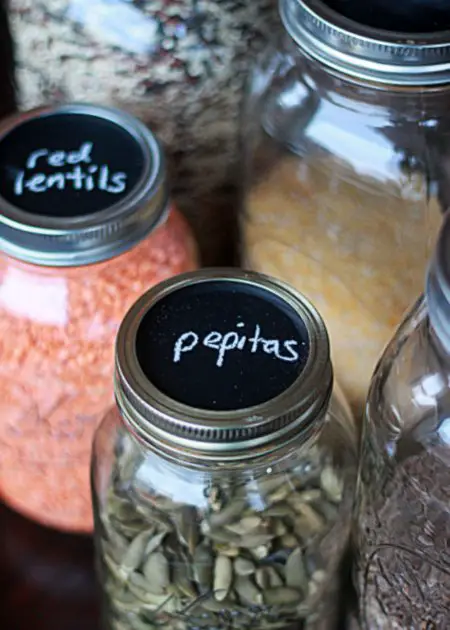
- Label dry goods as needed. The powder inside the container could be your whey protein powder, powdered sugar, or flour. It’s hard to tell without opening it.
- Add labels. Labels are a great way of indicating what is inside the container. Sticky labels are available, as well as containers that have food names.
- You can also write the name on the container with a marker, or buy sticky labels.
- Prioritize food you use frequently. It should be easier to get it out of the cupboard.
- You can keep a particular type of pasta in your pantry for a few weeks. The chia seed that you add to smoothies each week should be kept in the back.
- This will help you eat healthier. Keep the good foods at the front and the bad ones in the back.